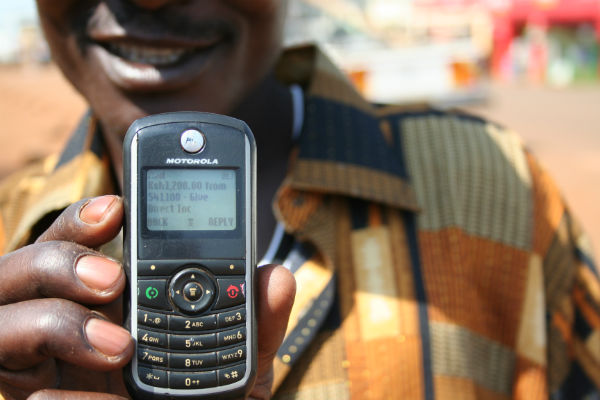Tracking the Impact of GiveDirectly Transfers with Mobile Surveys in Kenya
Researcher: Paul Niehaus (UC San Diego) and Johannes Haushofer
Location: Kenya

Conducting traditional survey-based research in developing countries can be labor intensive and costly, and the end result can lack nuance and multi-dimensionality. Mobile phones are pervasive in the developing world and provide researchers with an important—but as of yet poorly understood—new platform for collecting data cheaply and dynamically.
This project tests the use of mobile phones to transform experimental social science research. Researchers augmented an existing randomized control trial in Kenya with innovative use of mobile phones to administer long-term follow-up surveys, high-frequency data collection, flexible addition of questions, automatized surveying via text messages, and short message service-based thought diaries.
Results
The study found that mobile surveys have relatively high response rates compared with their traditional in-person counterparts, with a response rate of 95 percent for high-frequency calls and 82 percent for low-frequency calls compared to the in-person response rate of 92.9 percent.
It also found that although response rates are insensitive to doubling incentives, one must pay careful attention to the type of question, mobile survey and attrition when designing surveys that include mobile administration.
Finally, mobile surveys can be administered at a fraction of the cost and be deployed with high frequency.

